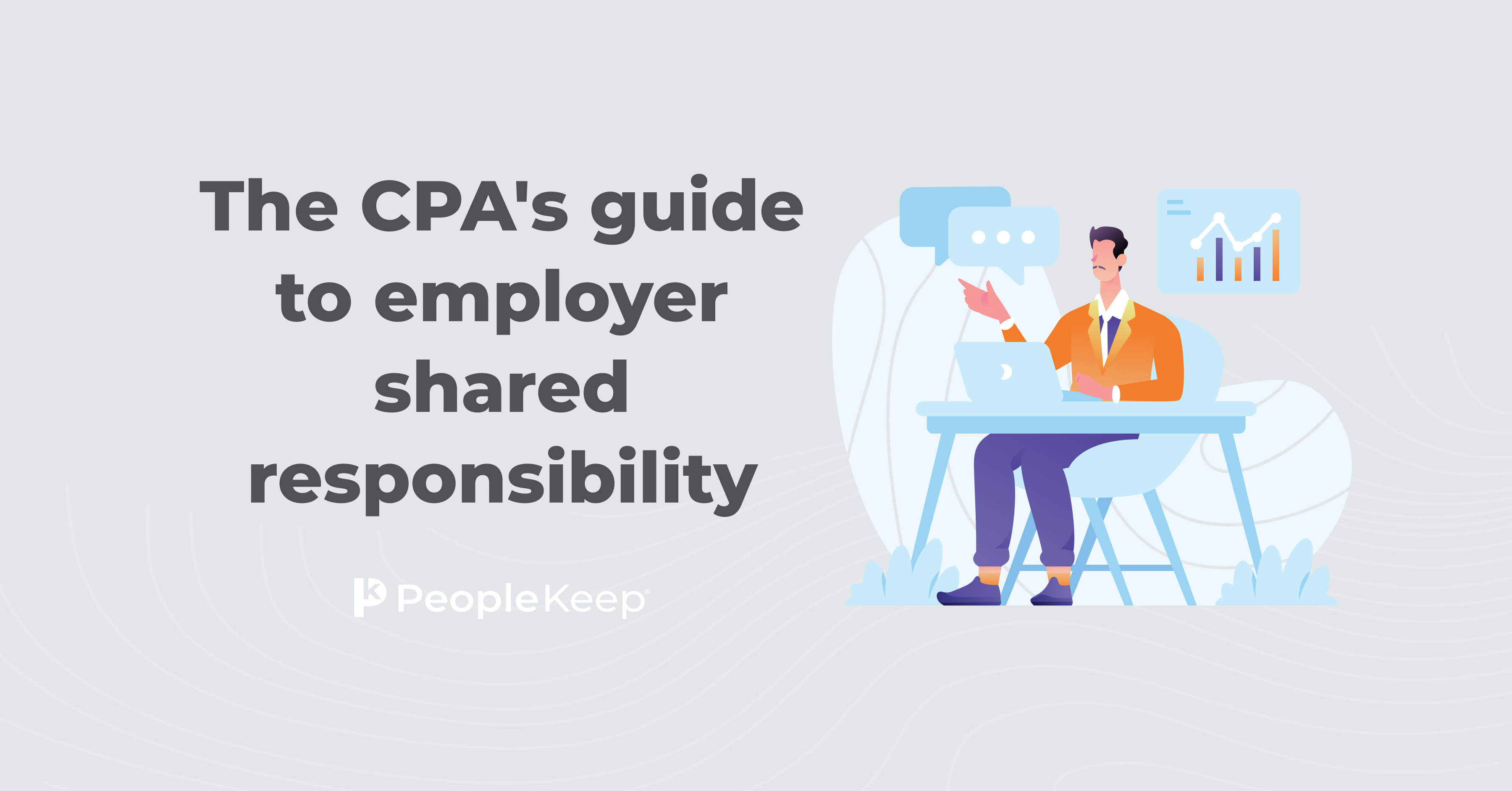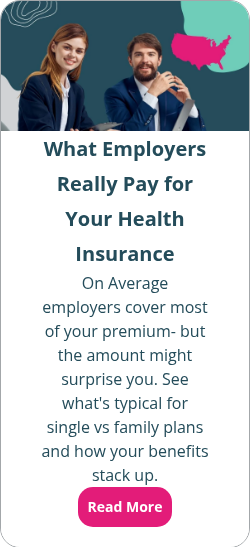IRS increases employer mandate penalties for 2026
By Holly Bengfort on October 24, 2024 at 8:00 AM
For the first time, the Internal Revenue Service (IRS) is reducing penalties for employers who don’t meet the federal government's requirements for health insurance. If you're a large business owner, you might be wondering how this affects your responsibilities and liabilities.
Applicable large employers (ALEs), or organizations with 50 or more full-time equivalent employees (FTEs), must meet the employer shared responsibility provisions (ESRP) of the Patient Protection and Affordable Care Act (ACA). This is commonly referred to as the employer mandate.
All ALEs, including nonprofits and government entities, must provide affordable health insurance coverage to at least 95% of full-time employees. The coverage must meet minimum value and minimum essential coverage (MEC) standards. If not, they may face potential penalties for noncompliance.
In this article, we'll go over health insurance requirements for ALEs and the 2026 employer mandate penalties.
In this blog post, you'll learn the following:
- Why ALEs must offer adequate health insurance coverage to employees.
- How the IRS is decreasing penalties for ALEs that fail to meet the employer mandate in 2026.
- The costly penalties for failing to offer MEC or affordable and minimum value health coverage.
What is the employer mandate?
The ESRP of the ACA is commonly called “the employer mandate.” The special rules within the employer mandate apply only to ALEs.
The ACA employer mandate requires ALEs to offer their full-time workers and their dependents affordable health coverage that meets MEC and minimum value. Otherwise, they must pay employer mandate penalties, also called shared responsibility payments.
If you’re not an ALE, you don’t have to offer your employees health coverage. You also don’t have to pay employer-shared responsibility penalties.
What are the employer mandate penalties for 2026?
The IRS recently decreased penalties for noncompliance in 2026. Employers are only subject to these noncompliance penalties if a full-time employee purchases subsidized coverage through the Health Insurance Marketplace or a state-based exchange using premium tax credits.
The 2026 ACA penalty amounts are as follows1:
- Section 4980H(a) penalty: ALEs must pay a monthly penalty of $278.33 or an annual penalty of $3,340 per employee. This penalty applies if they fail to offer MEC to 95% of their full-time employees and their dependents.
- Section 4980H(b) penalty: ALEs must pay a monthly penalty of $417.50 or an annual penalty of $5,010 per employee. The penalty applies if they fail to offer affordable or minimum value coverage.
- The IRS considers your health plan affordable2 as long as the employee contributions toward the benefit don’t exceed 9.96% of their annual household income.
If you’re an ALE with a penalty, the IRS will multiply the penalty by your number of full-time employees—not FTEs. Also, you can omit the first 30 full-time employees in that penalty calculation. So, while you’re an ALE if you have more than 50 FTEs, you’re only subject to a financial penalty if you have more than 30 full-time employees—not FTEs.
Employer mandate penalties for 2026 compared to previous years
In 2026, employers will see higher penalties related to the employer mandate. The chart below shows how penalties for noncompliance have changed over recent years.
|
Employer mandate penalties |
2026 |
2025 |
2024 |
2023 |
|
Section 4980H(a) penalty |
$3,340 |
$2,900 |
$2,970 |
$2,880 |
|
Section 4980H(b) penalty |
$5,010 |
$4,350 |
$4,460 |
$4,320 |
How do employers report compliance with the employer mandate?
Employers report that they're meeting the mandate using IRS 1094-C and 1095-C forms. The 1095-C form now includes affordability codes that employers offering an individual coverage HRA (ICHRA) use to show how they determined the allowance they provided gives employees affordable coverage. The ICHRA is a cost-effective alternative to a traditional group health insurance plan. It allows employers to reimburse employees for their medical care services and individual health insurance premiums.
States with the individual mandate, like California, New Jersey, Rhode Island, Vermont, and the District of Columbia, can complete Form 1095-C to satisfy the reporting requirement.
Conclusion
The health insurance industry is ever-changing. Therefore, employers must stay current on the latest ESPR compliance requirements, particularly the employer mandate penalties.
As the IRS decreases the penalty for employers subject to ACA requirements, ALEs have a chance to reevaluate current health benefit strategies. If you want to offer employer-sponsored health coverage that satisfies the mandate for 2026, PeopleKeep by Remodel Health can help! Our HRA solutions are a cost-effective alternative to a traditional group plan.
PeopleKeep doesn't provide tax advice. This article is for informational purposes only. You should seek guidance from tax experts to reduce your compliance risks.
This article was originally published on November 2, 2022. It was last updated on October 24, 2024.
Check out more resources
See these related articles

The CPA's guide to employer shared responsibility
This guide will tell you everything you need to know about employer shared responsibility, so you can advise your clients and help them avoid a penalty.

FAQs: ALEs and the ACA employer mandate
Get answers to common questions about ALEs and the ACA employer mandate. Learn about requirements, penalties, and compliance for large employers.

What does pay or play mean in health insurance?
Learn what pay or play means in health insurance. Understand how employers must offer coverage or face penalties under the ACA's employer mandate.



